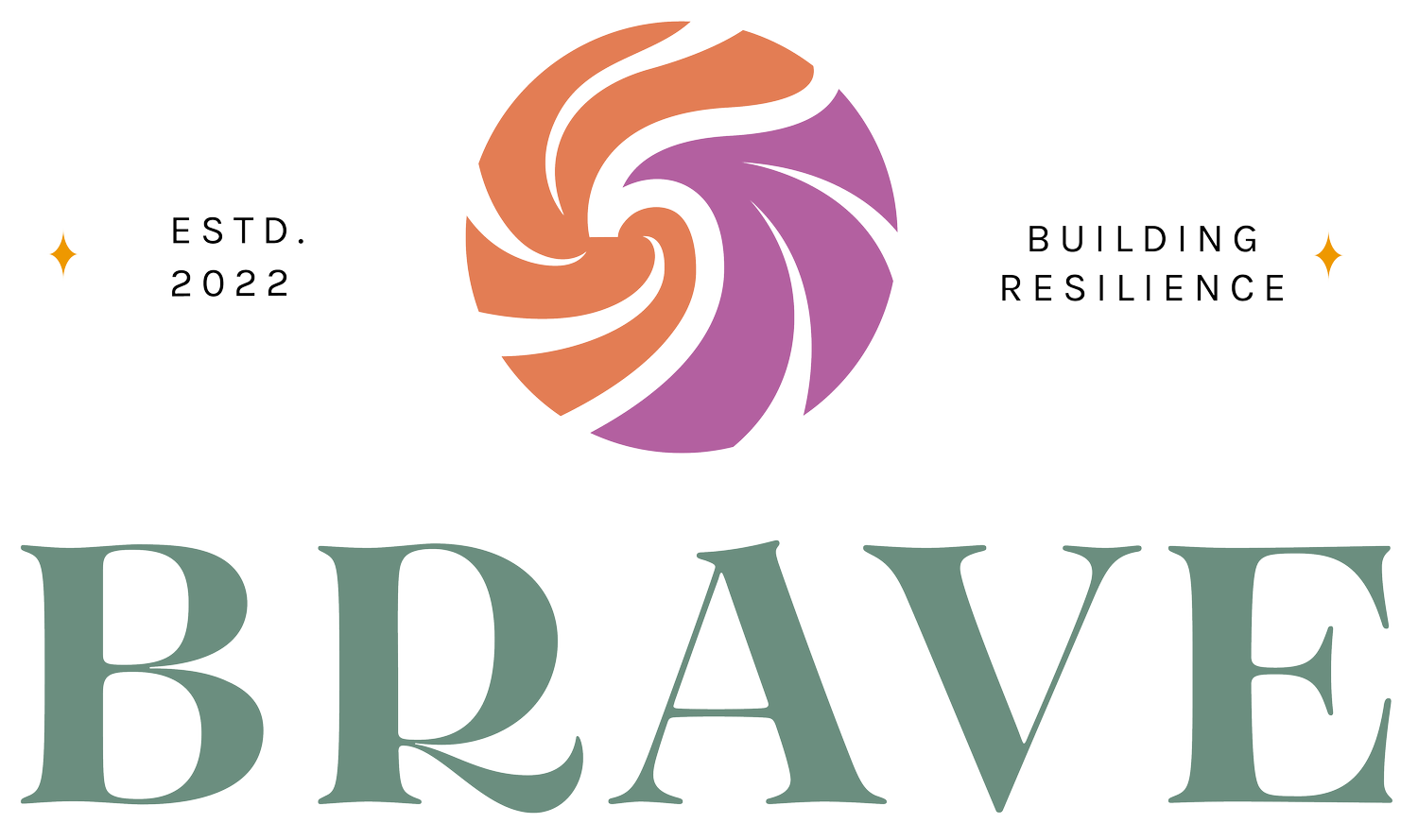Can You Be a Therapist and Grieve at the Same Time? Here’s What I’ve Learned
Please note: This blog was originally published on March 18, 2023 and includes updates and additional resources.
I took one week off after my dad died.
Then I logged back into Zoom and started seeing clients again.
That’s what no one prepares you for as a trauma therapist—when your own grief walks into the room with you.
When Your Own Grief Walks Into the Room
In April 2020, my dad died of COVID while living in a nursing home. Yep, you read that correctly - right at the beginning of the pandemic.
I had been his caregiver and legal power of attorney for over a decade—since I was a first-year grad student. We’d been through medical emergencies, difficult choices, and deeply painful family dynamics.
I supported his end-of-life decisions completely and when the time came to honor his DNR and DNI, I did what we had agreed on.
Even when others didn’t understand.
Even when they said incredibly hurtful things.
To add to the emotional complexity, I was newly pregnant with my first child. We had just announced it a month before—on Mardi Gras Day, from the French Quarter in New Orleans. I still remember calling my dad right before we shared it on social media, standing in the middle of the St. Ann parade, surrounded by color, music, and joy.
Then, six days before his 75th birthday, he was gone.
I Didn’t Think I Was Allowed to Be Human
His death was fast—like so many COVID deaths at that time. The virus was still so unknown, and everything felt like a guessing game. But one thing I knew with certainty: he was dying.
My clinic knew I was going through something. And then they knew he was gone.
And what did I do?
I took one week off.
Then I went back to work.
I showed up on Zoom, trying to be the calm presence my clients needed… even though I was grieving. Even though they were grieving. Even though we all were grieving something in those early months of the pandemic.
But I didn’t tell them my dad had died.
I didn’t think I was allowed to.
I thought being a “good therapist” meant being a blank slate. I thought if I let them see my pain, I’d somehow be failing them.
Looking back, I wish that version of me had the permission to share—if she wanted to.
What It Looked Like to Be Real
So no, I didn’t come back and lead with, “My dad just died.”
I wasn’t ready for that, nor would that have been really appropriate.
But eventually, I stopped pretending, stopped denying my humanity, started being me.
Here’s what being human looked like for me, in that season:
Softening when I felt tears behind my eyes—rather than pushing them down.
Letting my voice catch for a moment without apologizing for it.
Saying things like, “There’s something about what you just said that’s staying with me.”
Pausing. being quiet a little longer than usual. Letting the weight of the moment settle.
Over time, I shared more—when it felt clinically appropriate and emotionally congruent. Not the whole story. Just enough to be real.
Sometimes it was as simple as saying, “Grief is so heavy. And when it hits, it can take over.”
Nothing dramatic. Nothing self-serving.
Just human. And connected.
And here’s what happened: I had more energy. I felt less like I was performing the role of therapist and more like I was actually being with someone. Fully.
My clients could feel it too—not because they knew the details, but because I wasn’t hiding anymore.
Why I’m Sharing This Now
We talk a lot in BRAVE, and on this blog, about what it means to be human in this work.
Recently, we hosted two incredible guest expert trainings inside The BRAVE Trauma Therapist Collective, diving deep into grief, traumatic loss, and end-of-life support. We were honored to learn from Compassion & Choices and Kelly Daugherty, and I can honestly say these conversations were some of the most moving and validating ones we’ve ever had.
They reminded me that it’s not just our clients who need space to grieve.
We do too.
And when we allow ourselves that space—when we let grief be named, acknowledged, and witnessed—it changes everything
You Don’t Have to Hide to Be a Good Therapist
So if you're holding something heavy right now—grief you haven’t spoken aloud, fear you’ve been pushing through, or just that quiet ache that lives in your body after session…please know you’re not the only one.
And you don’t have to choose between being a person and being a professional.
That’s why I created BRAVE.
So trauma therapists could have a place to be real — about grief, about growth, about what it actually takes to keep showing up in this work.
If reading this stirred something in you, I’d love for you to join us inside the BRAVE Trauma Therapist Collective.
It’s not about fixing yourself. It’s about having somewhere to land.
And if you’re not ready to join, no pressure. You can subscribe to my YouTube channel , follow me on Instagram, or join my free Facebook group.
In each place, you’ll find weekly reflections and reminders that your humanity matters — in and out of session.
Because we’re in this together.
And that matters.






